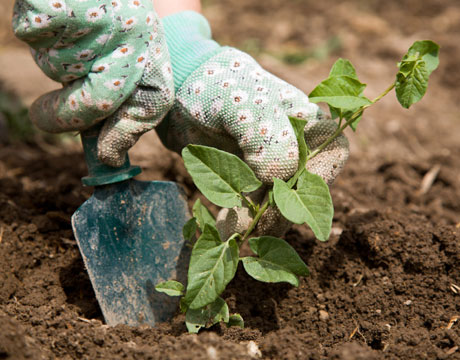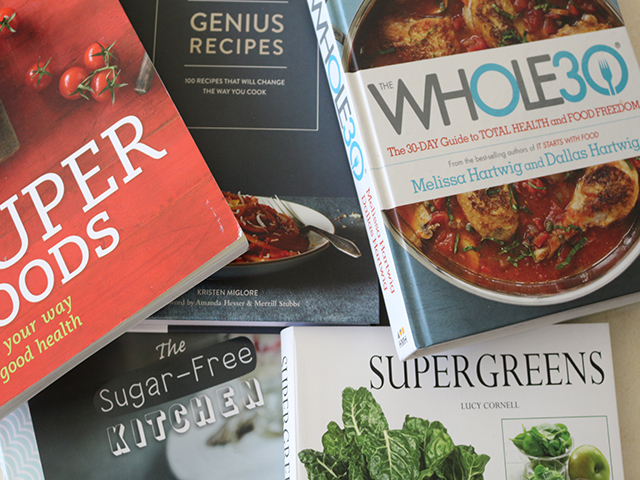Now to get down to the dirty, dirty of gardening! Let’s get the soil ready! This is truly a learning processes but once you do this, you will be taking better care of the soil and not need to start from scratch again. Proper soil preparation is the key to successful organic gardening. The goal is to feed the soil, which in turn will feed your plants.
Begin by testing your soil to find out precisely what you’ve got to work with. In my recent research to give all my readers information, I found that you can contact your local Cooperative Extension Service. Many states and some universities have one; Google it or your county name to find out what is required for a soil test. Home test kits are available at garden-supply stores, but their results are not as accurate or complete.
A soil test will measure pH, the soil’s acidity or alkalinity. The recommended pH for a vegetable garden is 6.8. The test results should include guidelines for adjusting the pH, for example, how much lime to add to acid soils or how much sulfur to add to alkaline soils. Both are available at gardening centers. The test also should analyze the amounts of nitrogen, phosphorous, potassium, calcium and other elements in the soil that are critical for healthy plants. The testing agency may suggest nutriments to balance these elements; when you mail off your sample, be sure to enclose a note stating that you intend to garden organically so the tester does not suggest chemicals.
Some of the nitrogen sources the tester may suggest can be problematic, especially for vegetarians: Bone meal is a slaughterhouse byproduct, fish emulsion is a fish- processing byproduct, cottonseed meal is subject to heavy pesticide use and urea, or crystallized animal urine, is so processed it can no longer be considered even remotely natural. If nitrogen is a problem for your soil, and you are opposed to using animal byproducts, your best bet may be to plant a nitrogen-fixing cover crop this first year and start your vegetables the next.
When gardeners speak of a soil, they are referring to earth that looks, feels and smells pleasant. That means fertile soil, with good structure depending on the extent to which the inorganic soil particles; sand, silt, clay, and humus are bound together. No matter what kind of miserable soil you begin with, it can be transformed into the stuff great gardens are made of. You also should test the soil’s percentage of organic matter, or decomposed plant material. There are different levels of consideration according to your area that will determine if a soil is organic. The best organic matter to fertilize your garden with is compost. Composting involves recycling of natural matter like vegetable peels, coffee grounds, and egg shells. All of these will provide nutrients to the soil that a successful organic gardener knows are of paramount importance! As a new gardener, you may not have compost of your own yet, but I’ll have another article about that coming soon..
When you till up your plot, work in some loose topsoil along with natural organic matter into the existing soil. Horse or cow manure will work the best here. Find a local farmer and ask if you can buy some dung from him. If you don’t have any of these available to you, most local garden centers will have some natural additives that you can till into the soil. You can also use leaves or grass clippings. By tilling this organic matter into the soil, the organic material will form moisture-holding humus in the soil and the loose structure will permit good drainage. Plus, it can provide needed nutrients to your plants and help them thrive as they grow. You can make your own organic fertilizer as well. I’ll give you a couple of great ―recipes in another article coming soon.
Be careful that you don’t dig up your plot too soon in the season. Cool spring soil holds moisture, and disturbing wet soil will damage its structure. I found one tip online that can help you determine whether or not your soil is ready for tilling. Jim Crockett, former Public Broadcasting System gardener extraordinaire, suggests that before digging you take “the chocolate cake test”: If the soil has the consistency of moist chocolate cake, it’s safe to dig. If it’s more like fudge, wait until the soil has dried out to cake consistency. Soil is structured in layers, and it’s best not to disturb those layers. Dig down just far enough to remove clods of grass, weeds and root masses, shaking and pounding out as much dirt as possible back into your garden. Save the grass for composting.
After the dirt is prepared, let the garden rest for a couple of days before planting.
It’s almost time to plant!







0 Comments